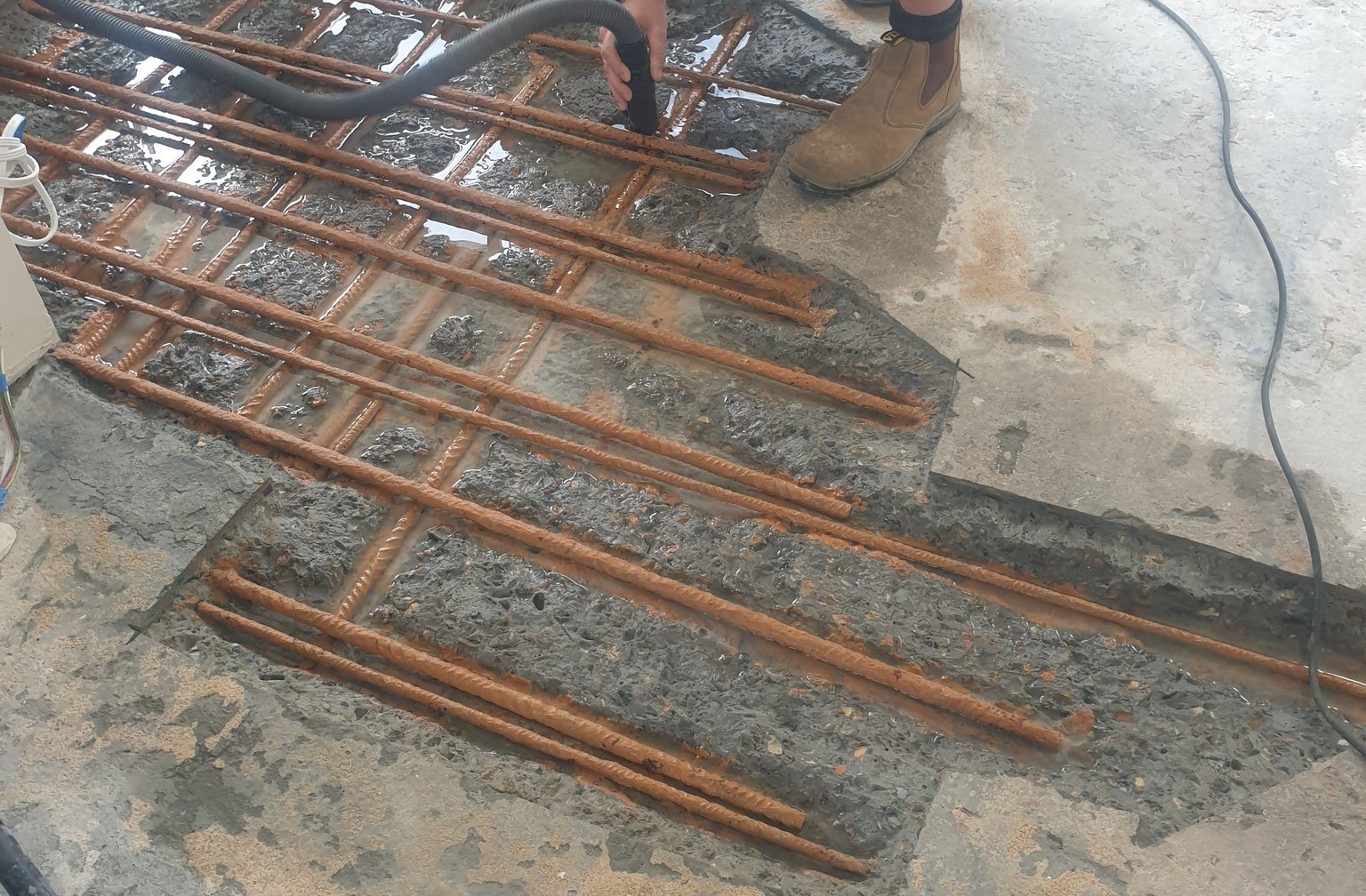Introduction
Construction projects, despite meticulous planning, can encounter defects and require remediation. Understanding the difference between remedial works and defects is essential for effective defect management and maintaining project integrity. In this post, we’ll explore what constitutes remedial work, how it differs from typical defects, and its implications for project outcomes.
What is Remediation in Construction?
Remediation in construction involves corrective actions taken to rectify issues that arise during or after the construction process. These may be due to design flaws, material failures, or non-compliance with specifications. The primary objective is to restore the building to its intended function and safety standards.
Difference Between Remedial Works and Defects
- Construction Defects:
- These are faults or deficiencies in a constructed building, often stemming from poor workmanship, inferior materials, or design errors. They can range from cosmetic issues to significant structural failures.
- Remedial Works:
- Remedial works refer to the corrective measures taken to address and fix these defects. It’s a proactive approach to ensure that the building meets all required codes, standards, and client expectations, often involving repairs, retrofits, or modifications.
Understanding this distinction is vital for implementing effective defect management strategies.
Common Scenarios for Remedial Works
- Structural Failures:
- Issues with stability or integrity of structural components often require immediate remediation to prevent safety hazards.
- Water Ingress:
- Leaks or moisture penetration can lead to significant damage. Remedial works here might involve sealing, waterproofing, or replacing affected materials.
- Non-compliance with Building Codes:
- Adjustments or corrections are necessary if the work doesn’t meet regulatory or contractual standards.
- Aesthetic Errors:
- Cosmetic improvements to meet design specifications or client satisfaction, like surface finishes or alignments.
Implications for Project Timelines and Budgets
Engaging in remedial works can significantly affect project timelines and budgets, emphasizing the need for:
- Thorough Initial Planning: Proper planning and design review can minimize the likelihood of defects arising.
- Regular Quality Checks: Ongoing inspections help identify potential issues early, reducing the scale and cost of remedial work.
- Flexibility in Budgeting: Allocating contingency funds can ensure financial resources are available should remedial actions be needed.
Conclusion
Remedial works play a crucial role in construction defect management, ensuring that deficiencies do not compromise the quality and safety of a structure. By understanding the difference between remedial works and defects, construction professionals can enhance project outcomes and client satisfaction. At Matrix Estimating, we support your projects with expert guidance on managing and executing effective remedial strategies.














